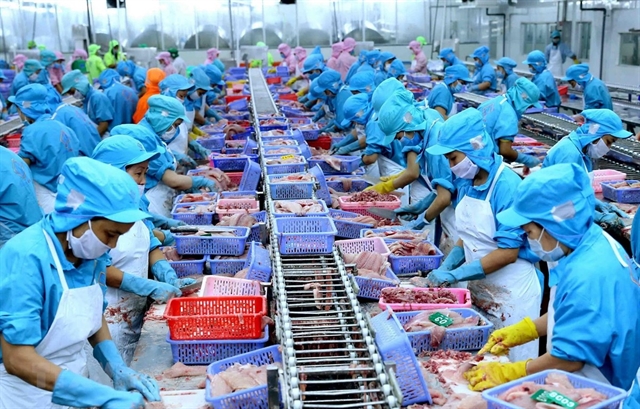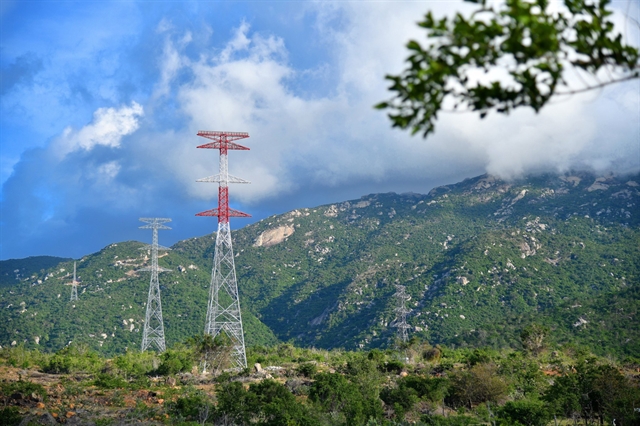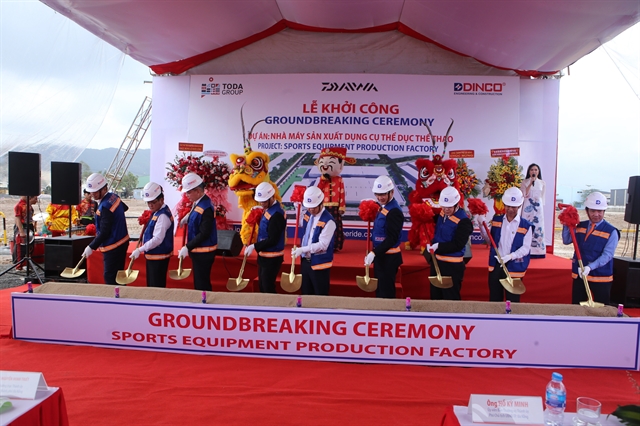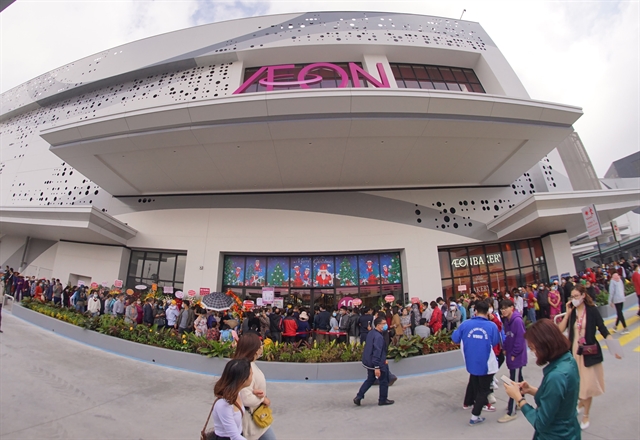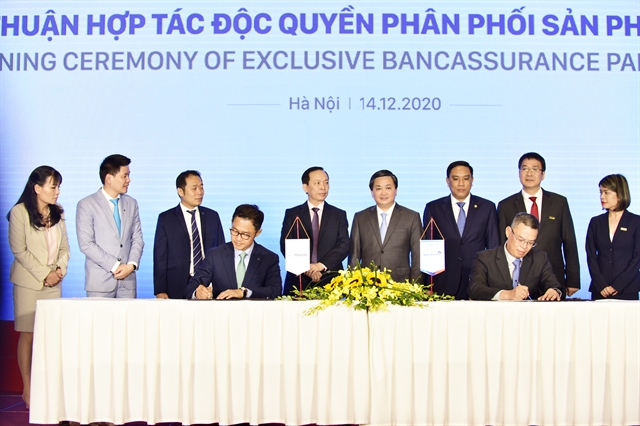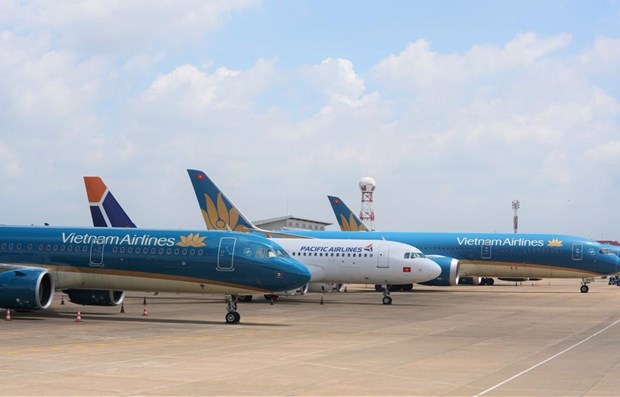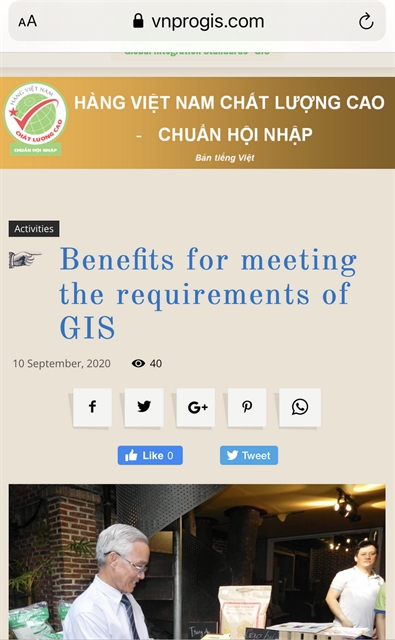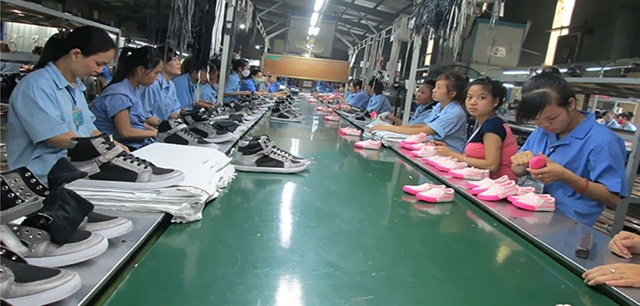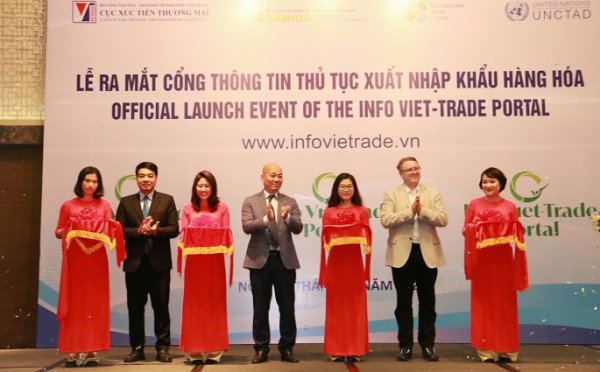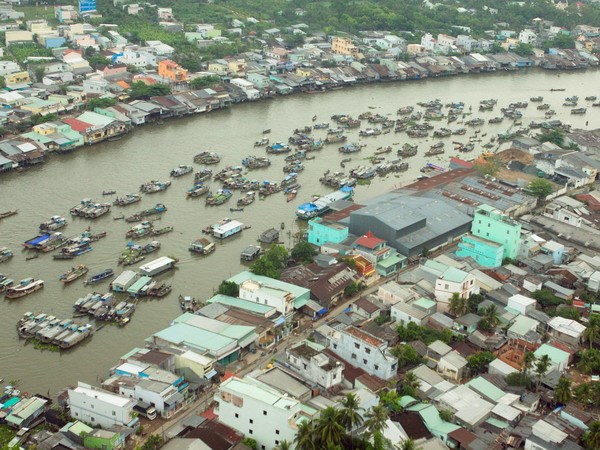
HCM CITY — The Cửu Long (Mekong) River Delta needs a new development model to tackle existing challenges it faces and develop in line with its potential, a ceremony held to release the 2020 Mekong Delta Economic Report in Cần Thơ City on December 14 heard.
The report was done by the Việt Nam Chamber of Commerce and Industry (VCCI) and the Fulbright School of Public Policy and Management.
With the theme ‘Improving competitiveness for sustainable development’, the report focuses on an overview of the country’s economy, the delta economy’s development in the last 10 years, and provincial competitiveness based on analyses of natural conditions, infrastructure, human resources, local competitiveness, sectors of strength and regional potential in agriculture, processing industry, energy and logistics.
It also dwells on shortcomings and challenges facing development, and makes policy recommendations.
Dr Vũ Tiến Lộc, chairman of the Việt Nam Chamber of Commerce and Industry and head of the Steering Committee for the Mekong Delta Economic Report, said Việt Nam is the hardest hit by climate change and rising sea levels, with the Mekong Delta suffering the most severe impacts globally.
The region is facing increasingly severe and longer drought episodes and salt intrusion.
The Government has issued a number of resolutions and policies to develop the Mekong Delta in a sustainable manner and adaptive to climate change, but their implementation remains weak, he said.
The report said the delta’s economic role is decreasing compared to other regions in the country, with its share of GDP declining sharply over the last three decades.
This has been because of its focus on agriculture and rice production to ensure national food security and failure to switch to sectors with higher productivity.
In 1990 the HCM City economy was only two thirds of the Mekong Delta’s, but within two decades the numbers were precisely inverted.
Migration from the delta to HCM City and the rest of the south-east has been alarming.
The migration to the delta was the lowest in the country with 4.9 per cent in 2009-19 while it was highest in the opposite direction at 44.8 per cent.
Some 1.1 million people have left the region in the past decade, equivalent to its natural population increase.
This means the population has remained unchanged for 10 years, the report said.
The report also pointed out that labour productivity is low due to a shortage of FDI while industrial production remains modest due to the limited infrastructure.
Its urbanisation rate only rose slightly in the past decade, from 22.8 per cent to 25.1 per cent, compared to the country’s growth from 29.6 per cent to 34.4 per cent.
The delta region’s outstanding achievement in the past two decades has been in mitigation of poverty, which decreased from a very high level of 36.9 per cent in 1998 to 5.2 per cent in 2016 counting.
Its poverty rate has always been lower than the national average.
But despite its success in tackling hunger and poverty, it has not brought prosperity to its residents.
Based on the shortcomings and challenges the region faces, the report provides recommendations for its development, including a new development model to solve its socio-economic and environmental issues, achieve industrialisation and market its agricultural produce to increase the sector’s productivity and quality.
It also recommends replacing intensive farming with efficient and eco-friendly farming models and changing the priority structure to seafood-fruit-rice from rice-seafood-fruit.
Lộc suggested that based on the opinions of delegates at the event, the steering committee needed to work further on the report to be able to organise the Mekong Delta Economic Forum in early 2021.
The delta consists of 12 provinces and Cần Thơ City. — VNS
